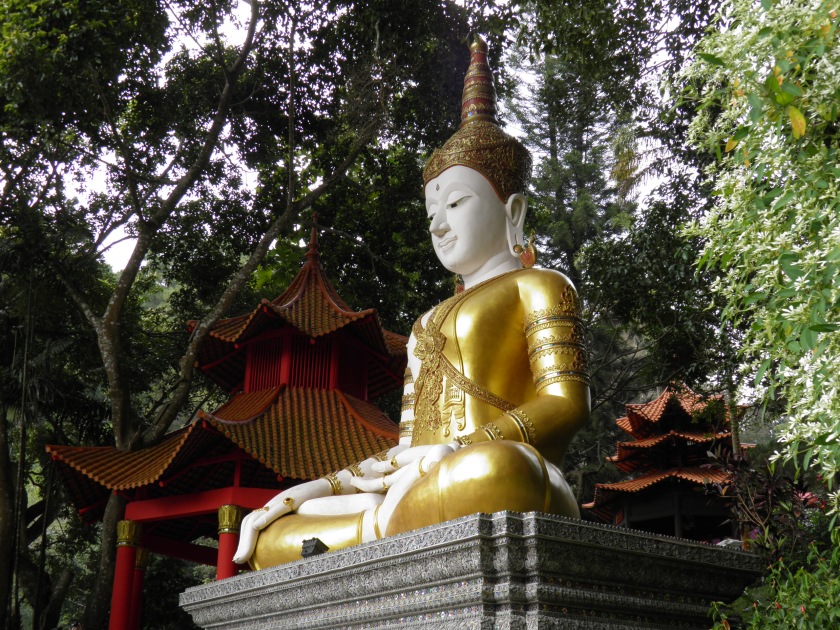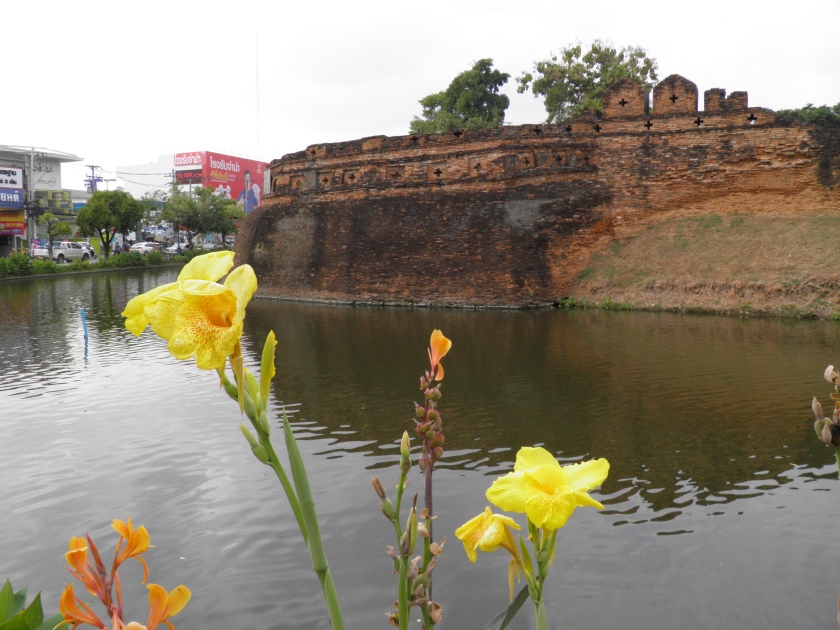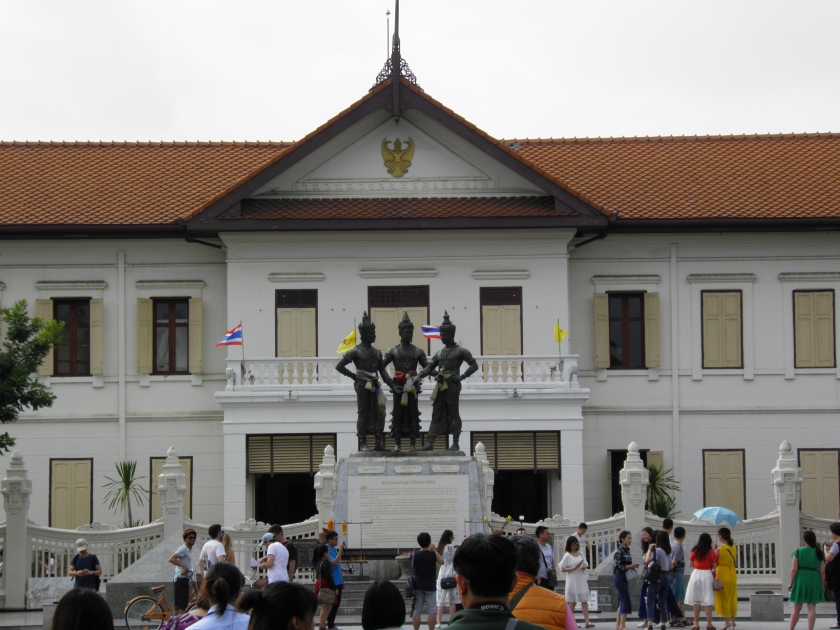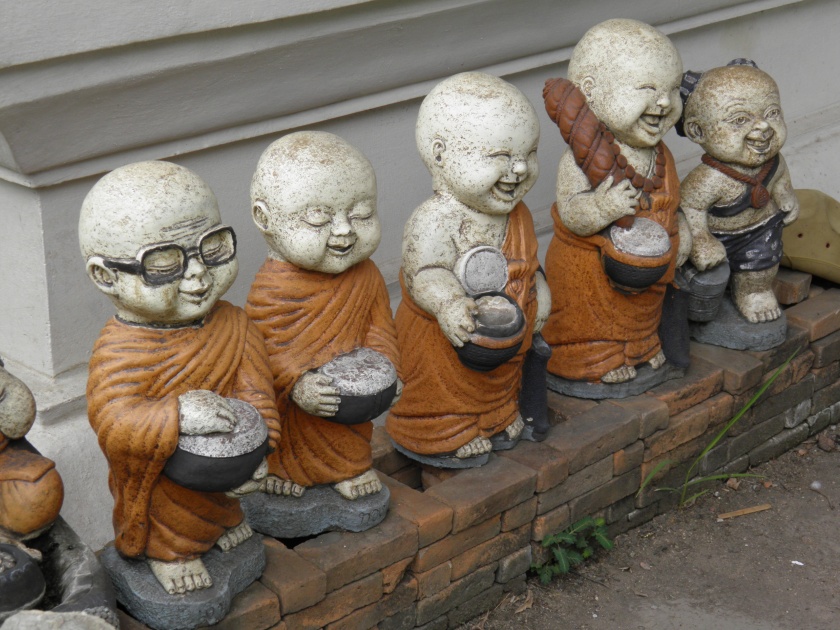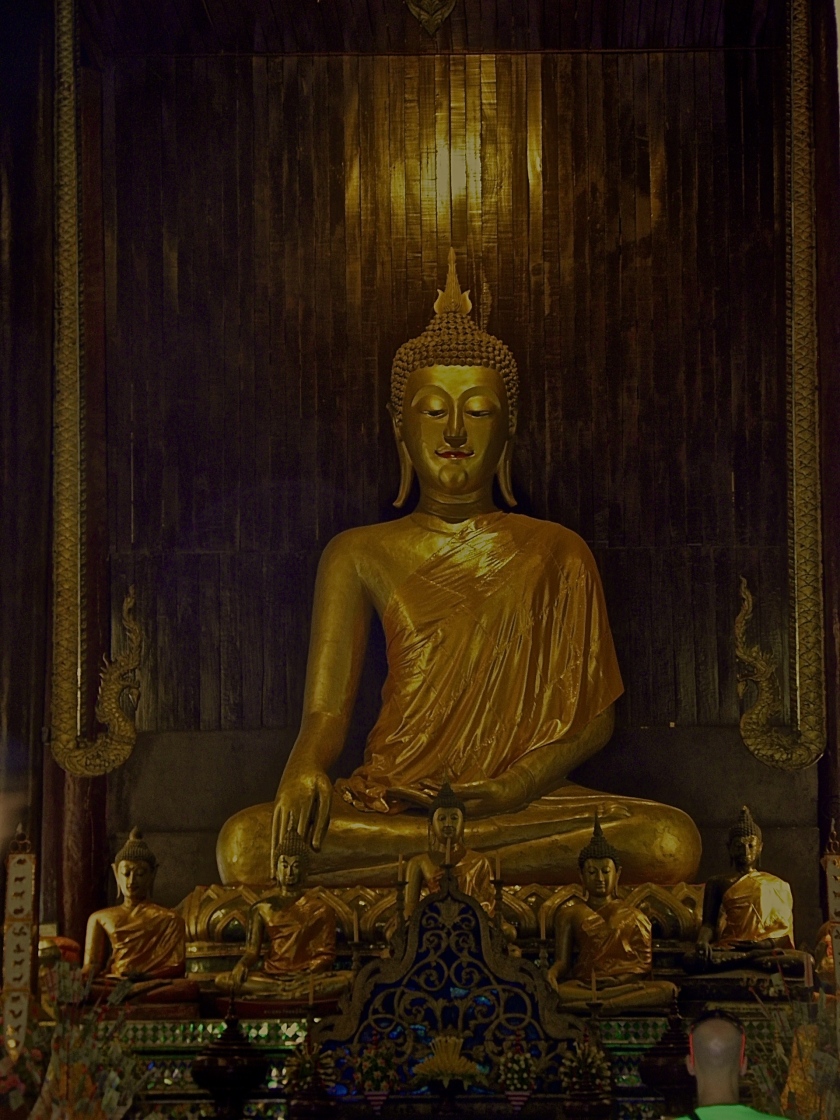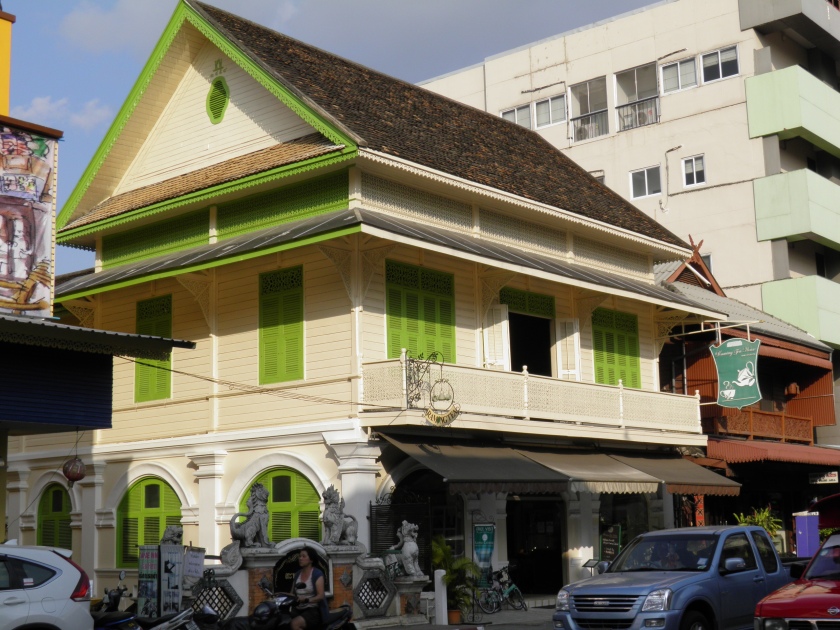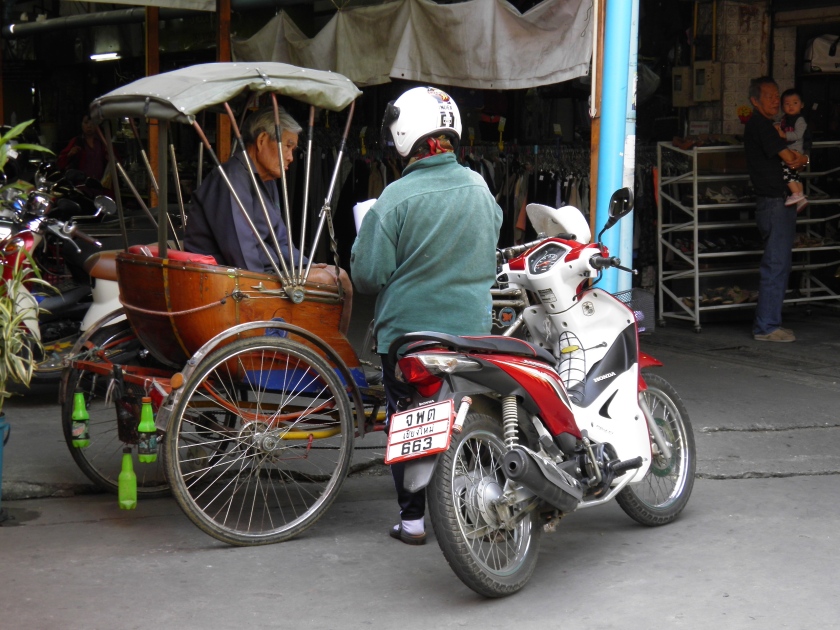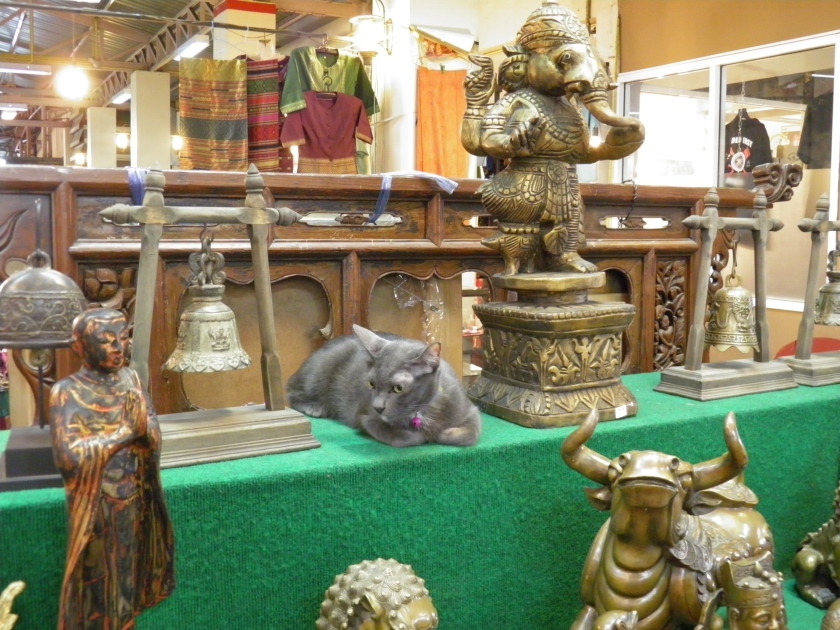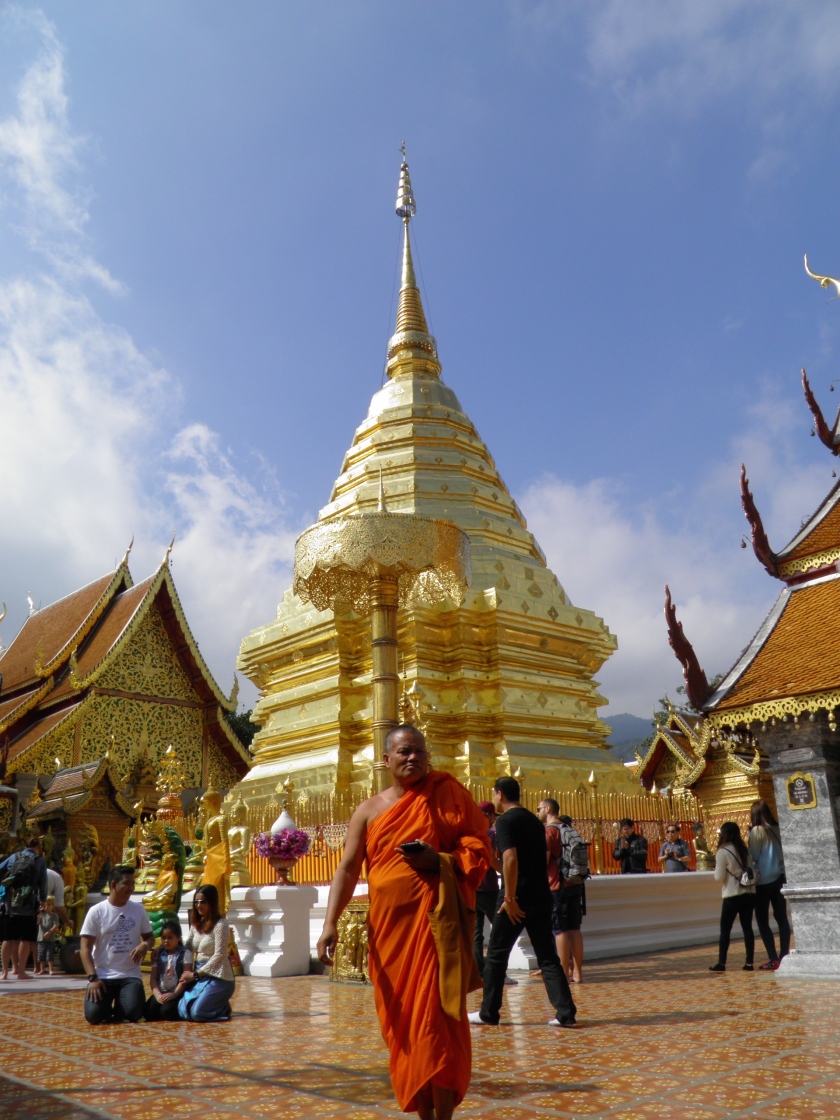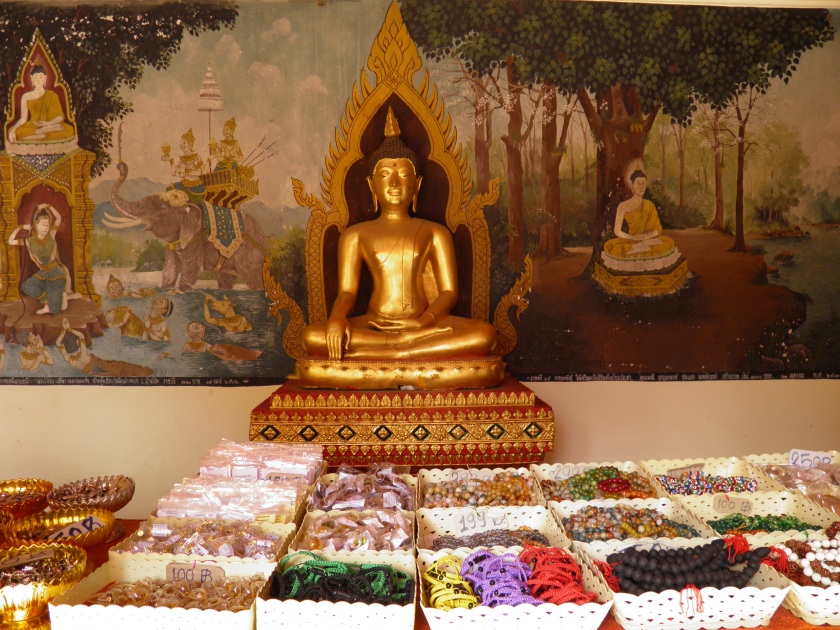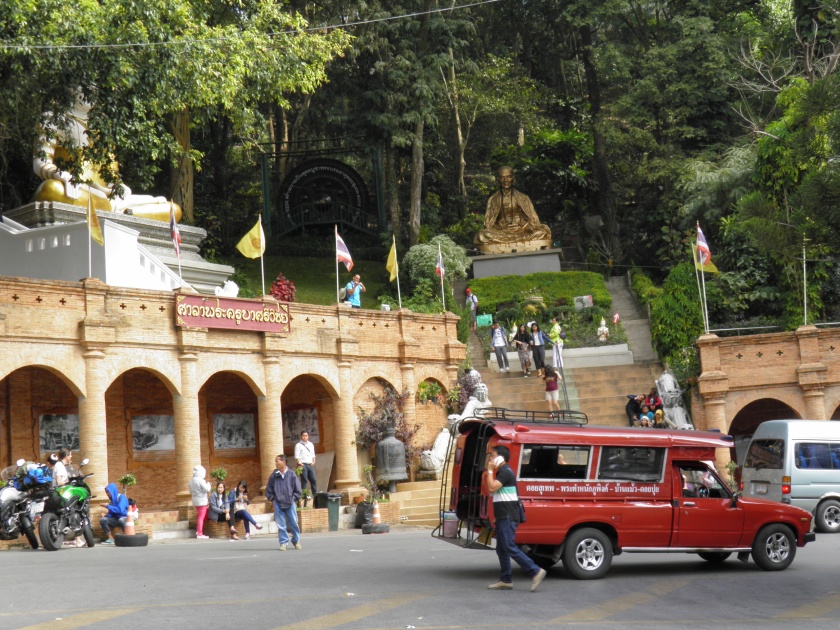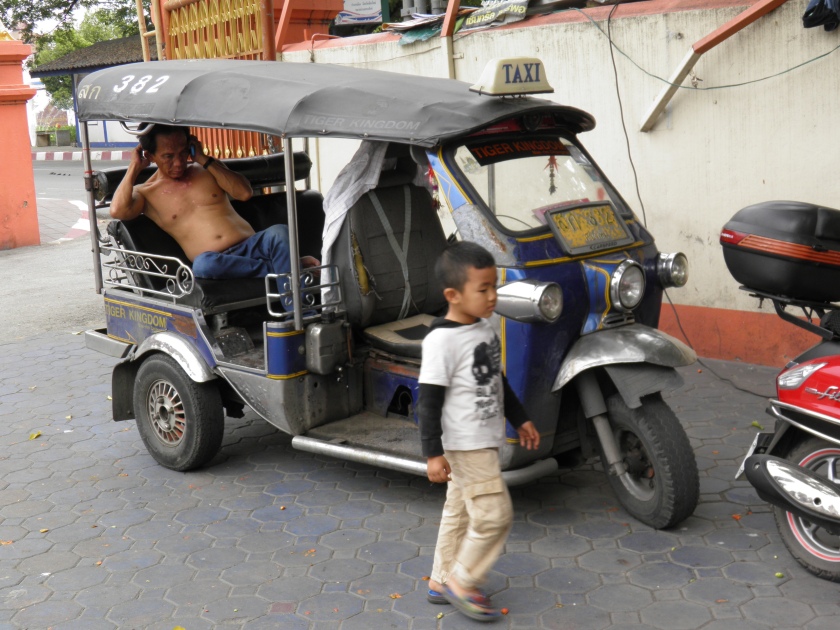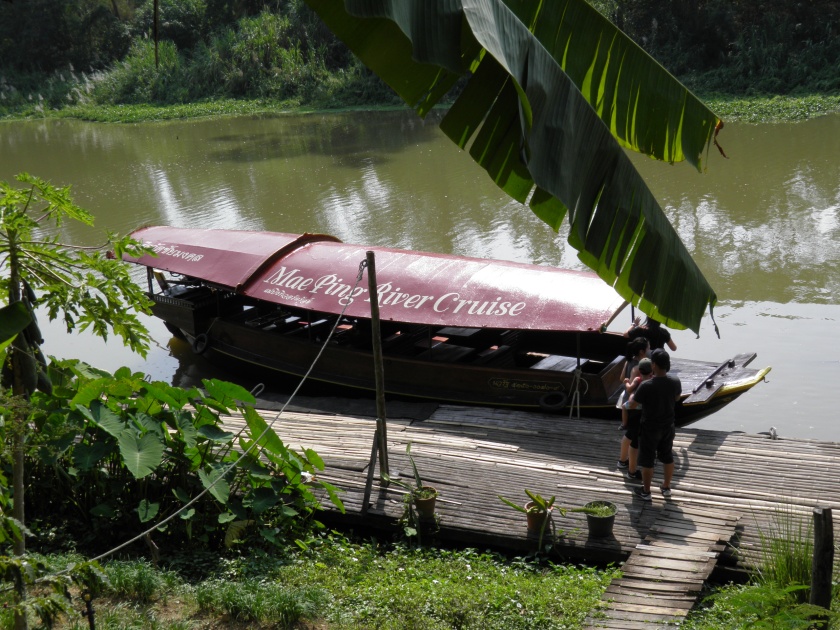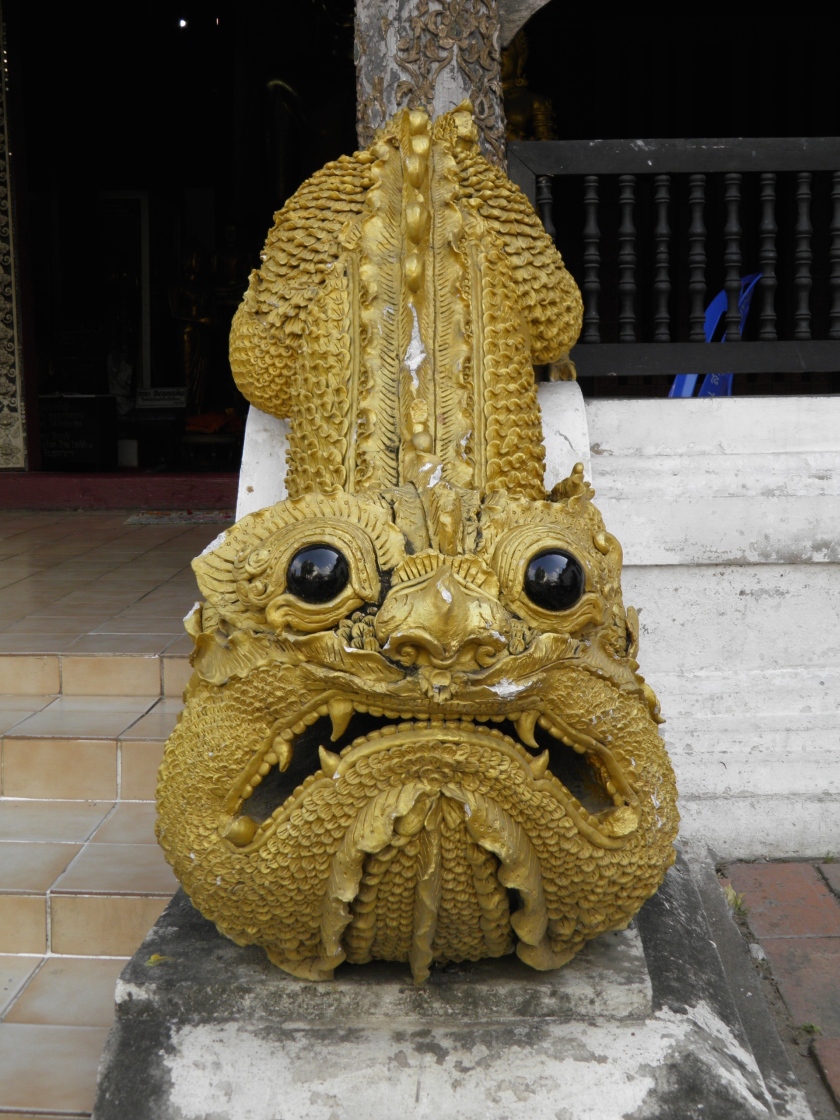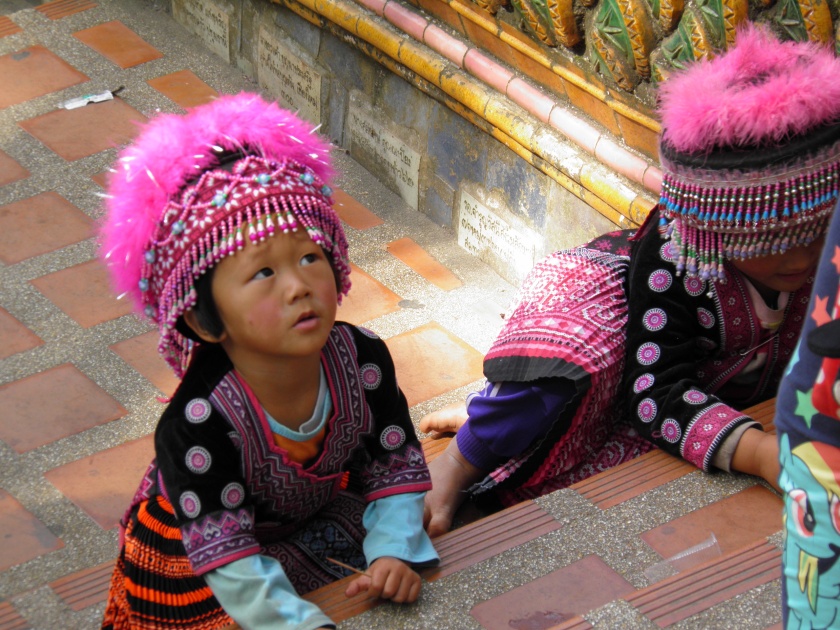While in Chiang Mai last month I went along to the city’s charming railway station.

The station master obviously takes great pride in the station’s appearance. The platforms are decorated with potted plants and statues of elephants. The sparklingly clean ticket hall has portraits of Thai Kings, past and present, and a waiting area reserved for monks. There is even a Thai massage parlour which could be handy if you have a long wait for your connection.

I was intrigued to think that I could board a train here which would take me, albeit with a couple of changes, all the way to my local station just south of Kuala Lumpur.

How long would it take? As you can see from this map, Chiang Mai to Kuala Lumpur is a long way, over 2,000km or about 3 hours flying time. By train, I calculate that it takes about 51 hours and 50 minutes!

Source: The Man in Seat 61
The train departs Chiang Mai at 18:00 and reaches Bangkok the next morning at 6:50. Then you have to wait 7 hours and 55 minutes in Bangkok for the 14:45 departure to Malaysia arriving at the border town of Padang Besar at 8:55 the next morning (yes, that’s two nights already on Thai trains).
Unfortunately you will have just missed the connection to KL and you have to wait 7 hours and 20 minutes for the next train, departing Padang Besar at 16:15. From here though the pace accelerates now that the new electrified ETS train service has been extended all the way up to the border and you will arrive at KL at 21:50 feeling quite weary I would imagine.
Of course there are sleepers, 1st and 2nd class, and restaurant cars on the Thai trains (no longer serving alcohol) so the journey would be reasonably comfortable. The cost of the Chiang Mai / Kuala Lumpur train tickets, one -way, would be around US$100 including sleepers. Not bad value at all but you could fly on Air Asia instead for just US$43.
If you want to know anything about train travel in Thailand or Malaysia (and just about everywhere else in the world) I thoroughly recommend The Man in Seat 61 website.

